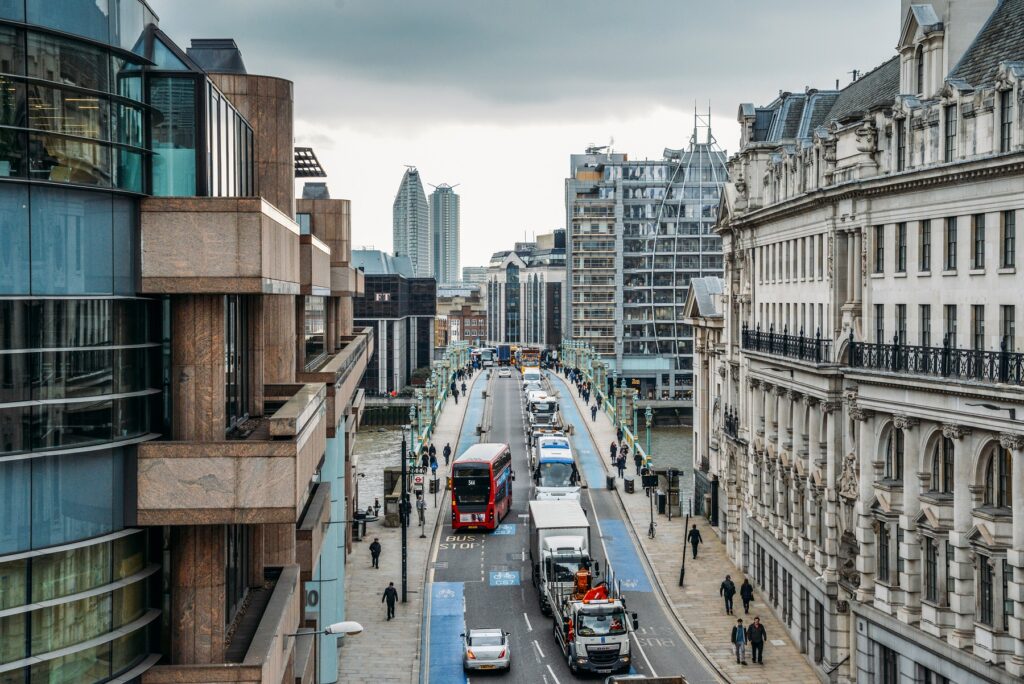Fleet managers are warned there is a ‘hidden deadline’ to applying for Transport for London’s Direct Vision Standard (DVS) permit.
HGVs over 12 tonnes now require a permit to drive into Greater London under the Direct Vision Standard, which came into effect in October.
The new legislation is based on a ‘star rating’ indicating how much a driver can see from the cab and was developed to protect vulnerable road users.
It was recently announced that the legislation’s enforcement would only be introduced from March 2021 because of the upheaval logistics firms and other HGV operators have faced because of the coronavirus epidemic.
But there is an unwritten deadline of 31 January 2021 because fleet operators must allow TFL 28 days to approve or reject applications, warns vehicle road safety expert Emily Hardy, of Kent-based Brigade Electronics.
Emily explained: ‘This deadline does not allow for time if your application is rejected, so applications must be sent out in good time to avoid liability headaches down the line.
‘An additional factor is that some manufacturers are taking two weeks to respond to star rating enquiries, so fleet managers need to factor in an extra deadline date of January 2021.
‘The consequences of failing to plan are tangible. If you have not received confirmation of your permit by 1 March your vehicles will not be recognised by the Automatic Number Plate recognition cameras – and you will receive a penalty charge notice.’
Brigade, which has been at the forefront of the vehicle safety market since 1976 when it introduced the reversing alarm into the UK, is urging operators to act sooner rather than later.

The company has created a handy web page with easy-to-follow instructions on applying for a DVS permit.
Brigade has other concerns with TfL’s DVS, such as is its misguided focus on ‘direct vision’ – where the driver sees through an unimpeded line of sight – at the expense of ‘indirect vision’ – where drivers have an awareness of their surroundings through state-of-the-art camera monitor systems and ultrasonic obstacle detection.
TfL claims drivers using indirect vision have a slower response time, resulting in increased simulated pedestrian collisions.
But direct vision also has its limitations, according to Brigade’s founder and chairman Chris Hanson-Abbot OBE. He says cameras, sensors and reversing alarms are vital tools to prevent accidents.
He said: “TfL’s research is flawed and simplistic when it comes to technology.
‘No one doubts the importance of direct vision, but it relies on the driver looking in the right place at the right time to see the potential danger.
‘Safety technology is more than just indirect vision. It includes passive and active systems that alert the driver to something in their blind spot, encouraging them to look.
‘The TfL guidelines create an impression that if you have direct vision, you don’t need to fit sensors and other tech. This inclination is a backwards step and diminishes the excellent work of schemes like CLOCS and FORS that have raised industry standards.’




